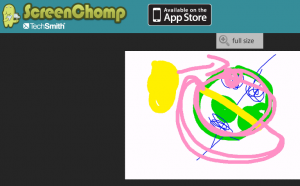
In previous posts, I mentioned the importance of documenting one’s wellness efforts. Specifically, I wrote about recording to reflect upon exercising our character strengths within each of the PERMAH pillars. This process includes taking photos of, recording a short video, and/or voice recording descriptions of our wellness actions/activities to then be added to a school-developed wellness app or if there is a commercial Positive Psychology app that offers this functionality.
Other options include uploading the wellness in action photos, videos, and/or audio descriptions to one’s portfolio and/or to a wellness journal with provided reflection prompts if the school offers either as part of their wellness program for the community. I say community to include students, staff members, and parents. The bottom line is that, yes, we need to understand the principles of wellness. Still, even more importantly, we need to be actionable with our wellness knowledge to live and reflect upon that knowledge in our lives. 
Drilling down on this documentation process, one tool we can pull from our wellness toolkit is the smartphone/tablet that is ubiquitous in our society. Whether you are engaging your strength of creativity to come up with a nutritious smoothie recipe within the H of PERMAH or you are in a flow state writing a poem within the Engagement pillar, you can take a few seconds to snap a photo and/or record a quick voice description of your action(s) to later go into your wellness app, portfolio and/or journal.
One specific documentation effort can be part of your periodic or daily gratitude effort. Whether taking what I call a “beauty break” to take in something beautiful in your environment and/or simply thinking about a person, event, experience, etc., that brings forth grateful thoughts and emotions, you can record that moment at the moment via your device.
We definitely want to stay in those mindful moments, so the recording should be limited to a very short interruption so we can remain in the experiential state. The shadow side of this process is getting caught up in recording instead of experiencing. And, of course, if one extends the sharing to social networking, there is the positive of community support and of potentially bringing beauty into the lives of others which is countered if the effort is intended for the sake of digital likes instead of simply enjoying the P of Positive Emotions that can accompany the wellness moments. 😉

